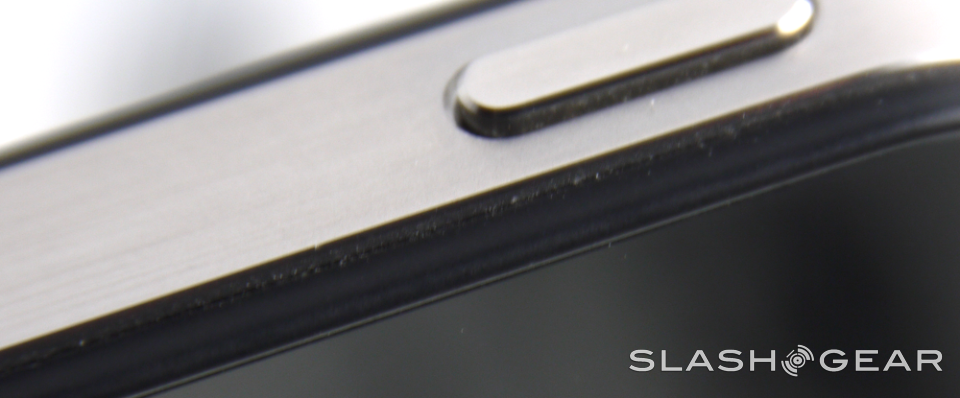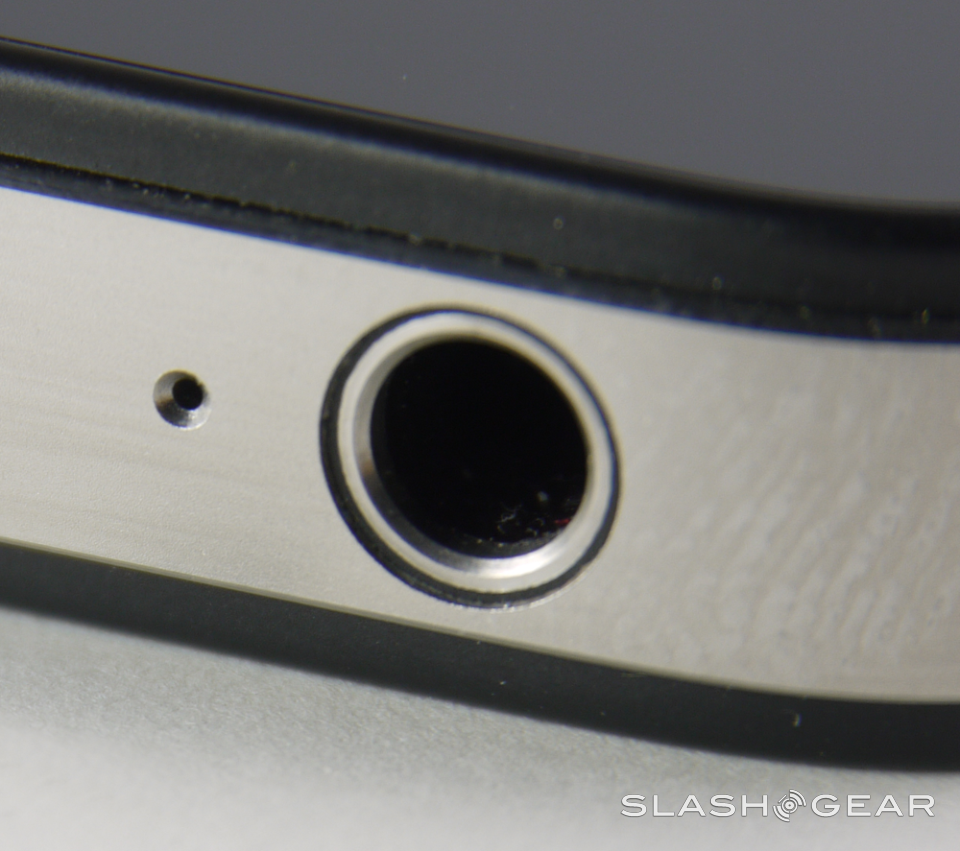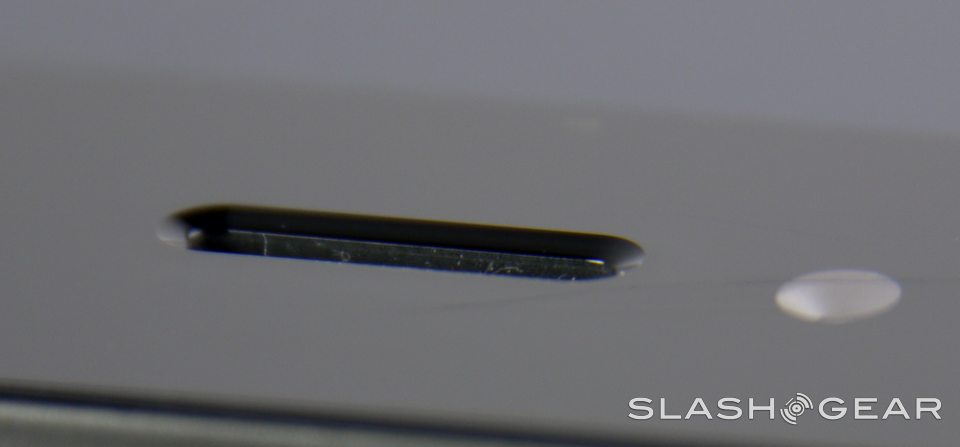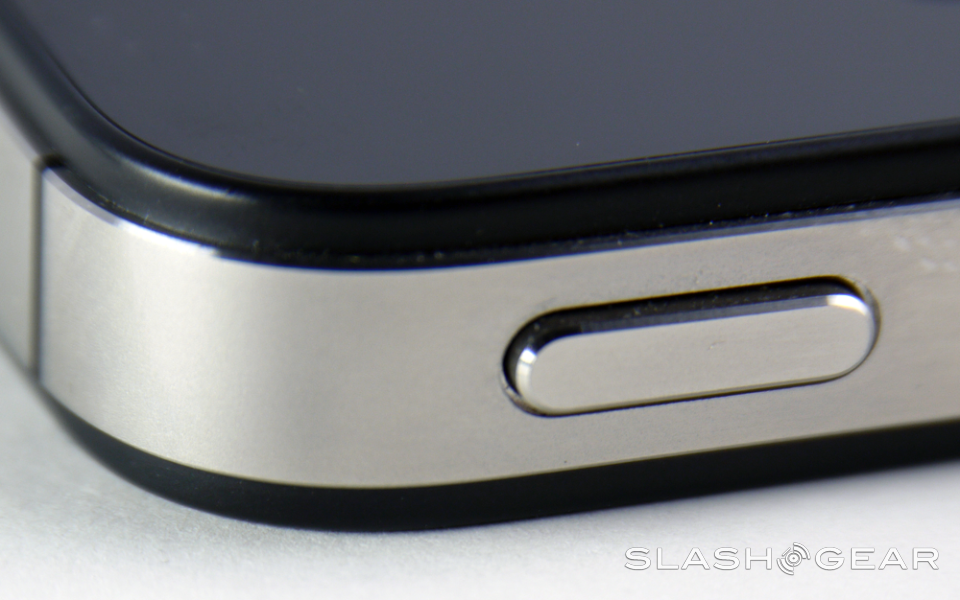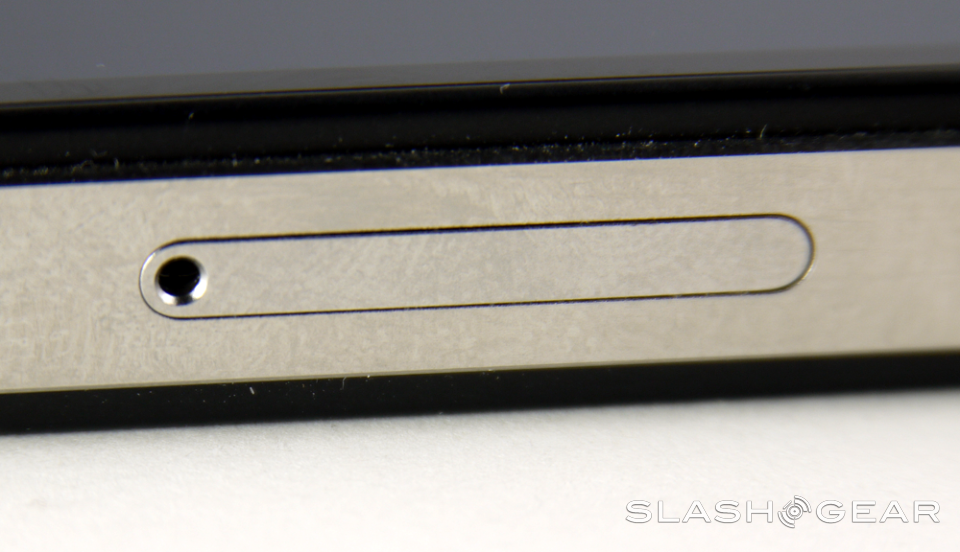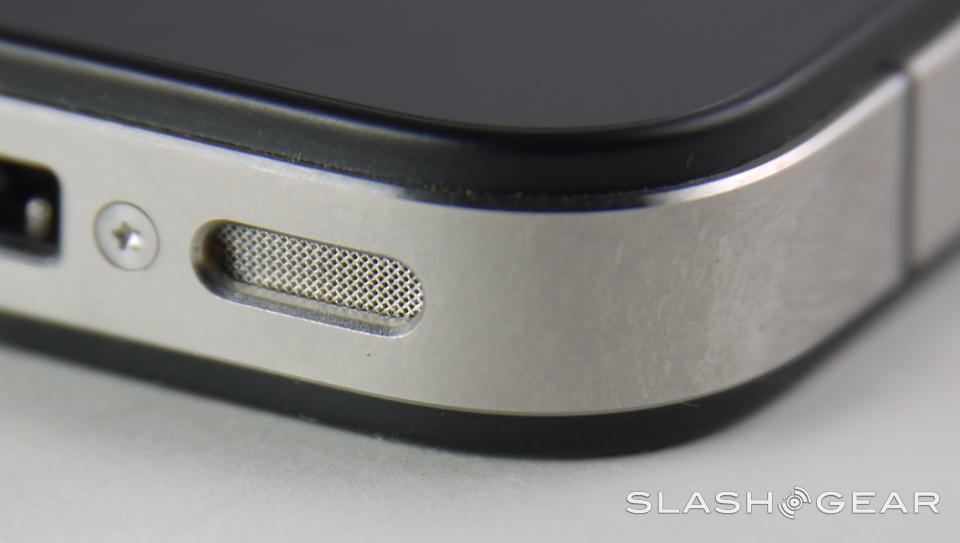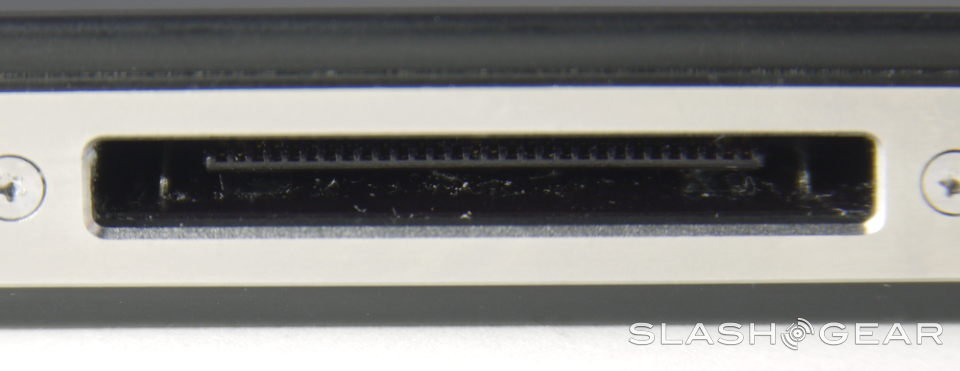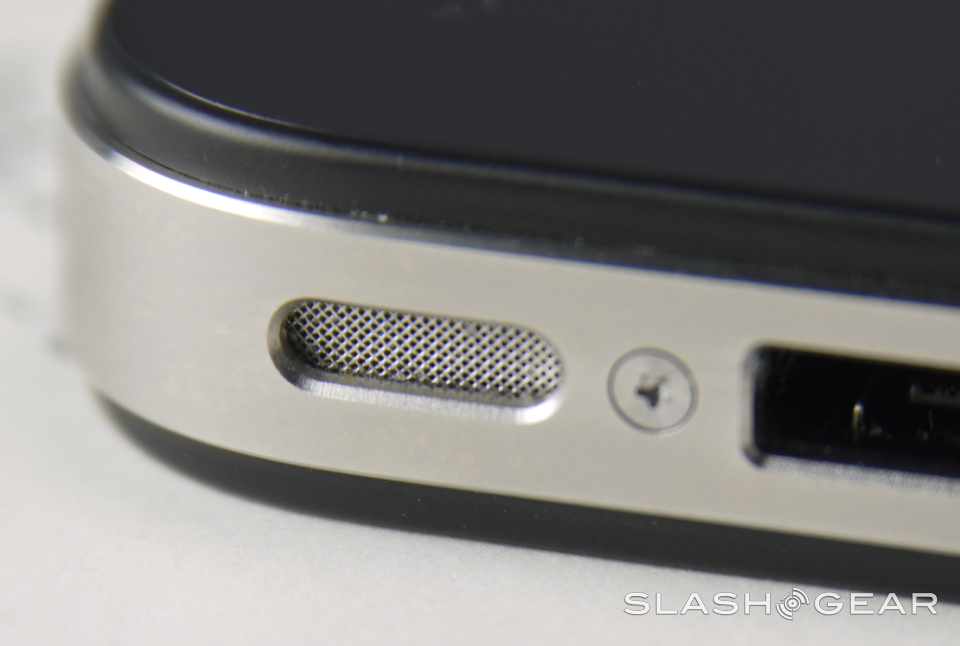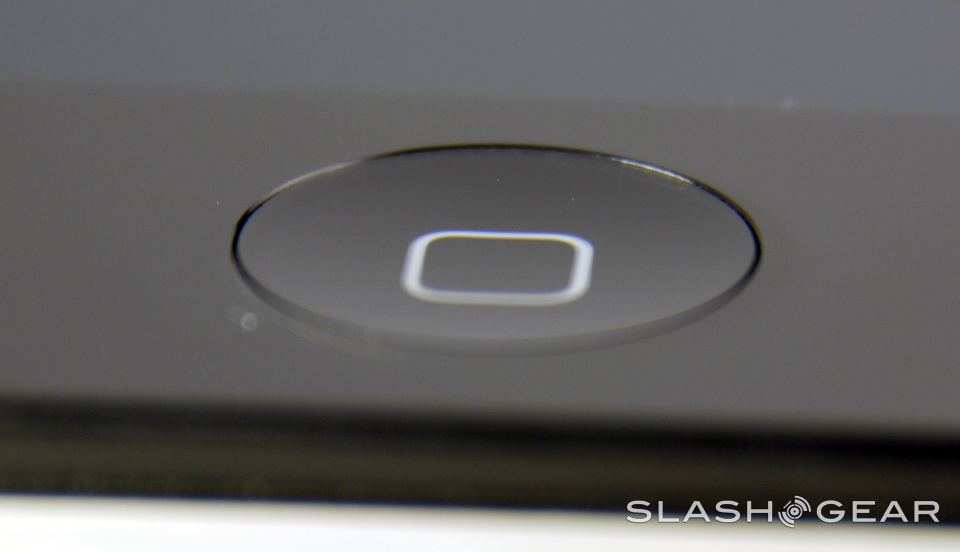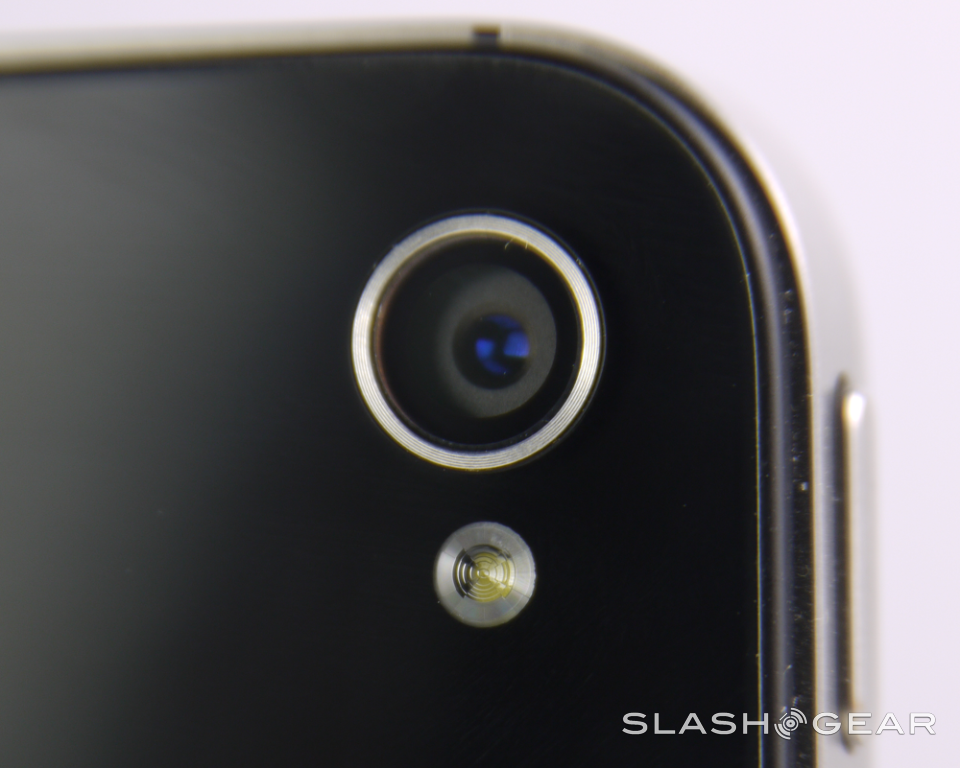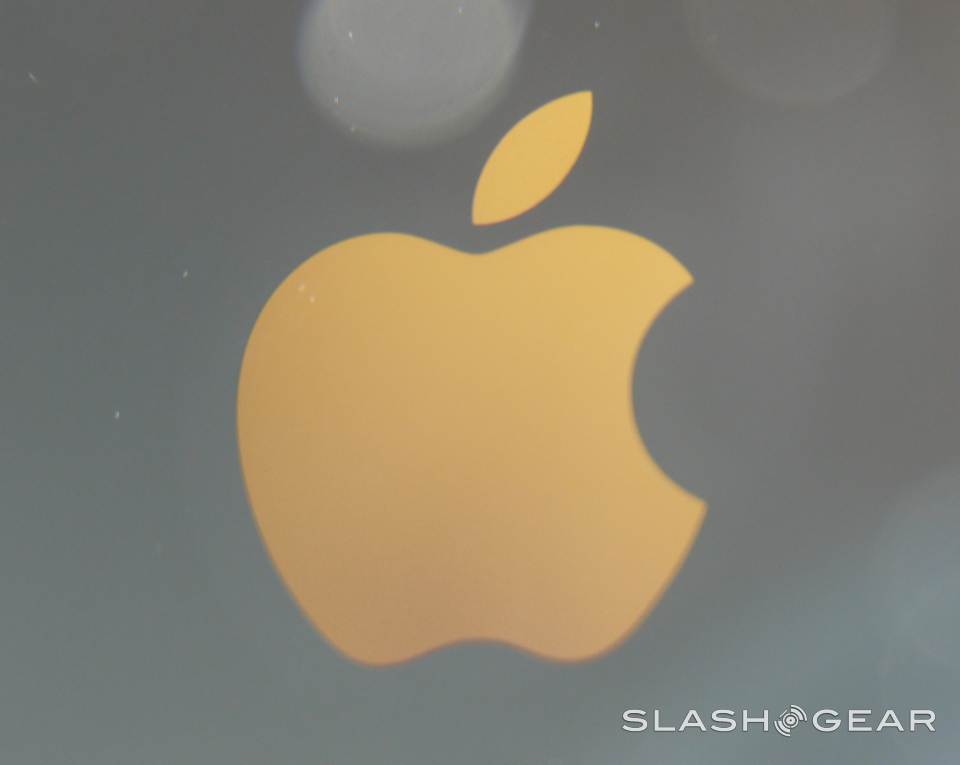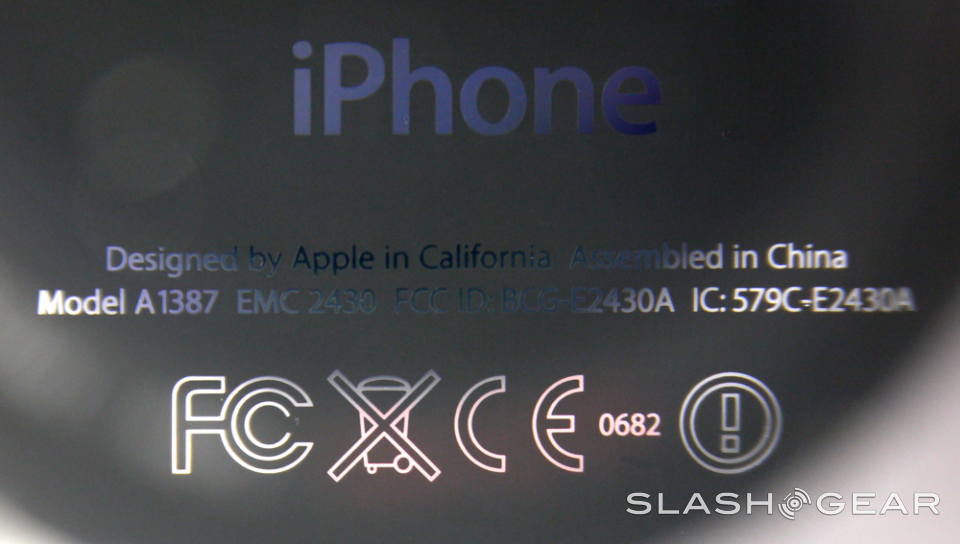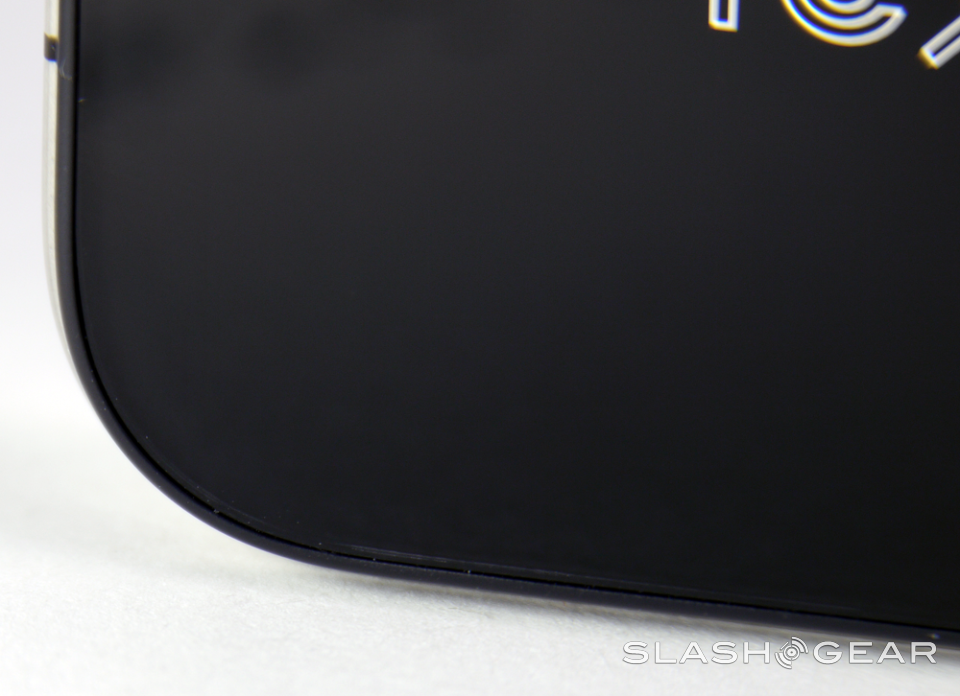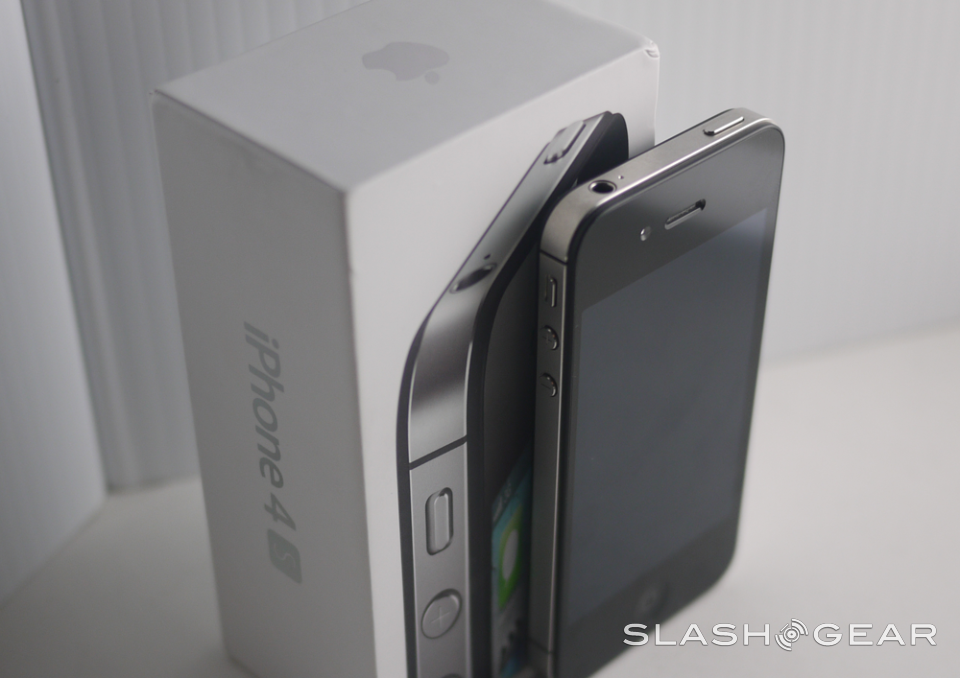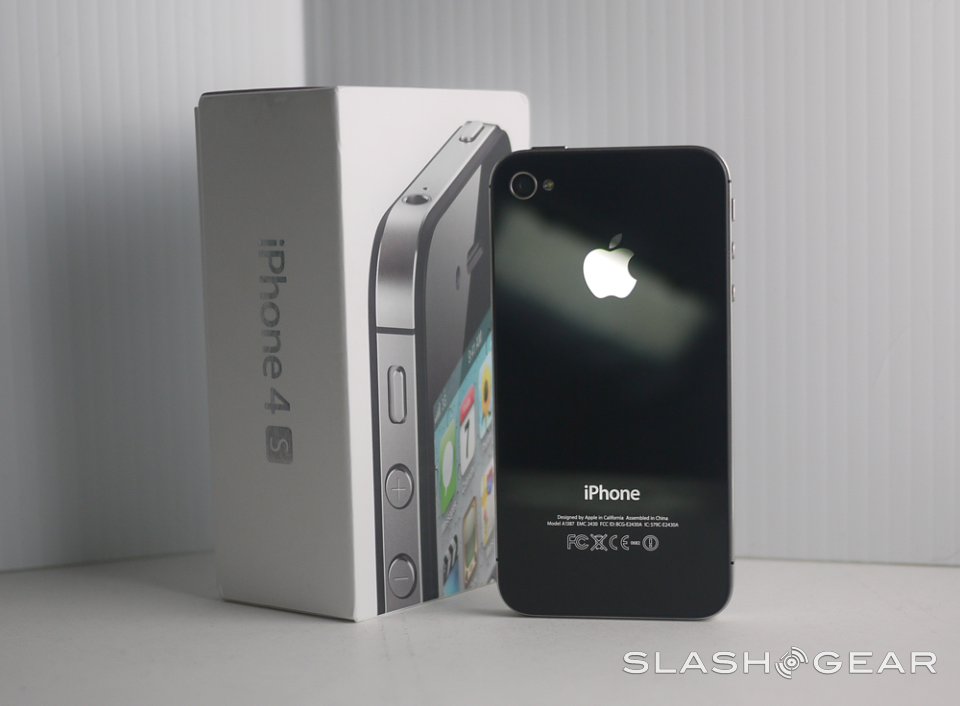iPhone 4S Up Close And Personal: Hardware
In this chapter of our "I'm switching to iPhone 4S for a week" experiment, we'll be taking an up close look at the hardware that makes up the iPhone 4S. When I say up close, I mean macro photography close – so close you can see the tiny specs of dust and micro-grooves in the metal close. What you're about to see will prove to you, beyond any shadow of a doubt, that the iPhone 4S is not just another smartphone, not just another hunk of plastic, metal, and glass that so many manufacturers toss out on what seems to almost be a weekly basis – the iPhone 4S is a precision built gadget masterpiece.
This smartphone came into my hands more than once before this week began, the iPhone 4 model being essentially the same I can safely say that I've seen and played around with this particular iPhone iteration in the past. This week represents your humble narrator's first real extended hands-on look at the iPhone 4S. Here we're looking at the device so close that the human eye wouldn't likely have picked up such a collection of nuances. To get this close to a device is to know it all too well, and not many devices would hold up to such scrutiny.
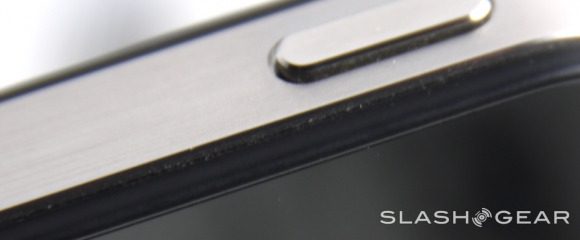
At the top of the device is the power button, also functioning as the lock button when you'd like to shut the display off without powering the device down entirely. This button is one of several that sticks above the fold, just enough that you're able to feel it with your finger to activate or de-activate your phone with ease. Similarly the two volume buttons and the screen orientation lock/volume lock switch are raised about the metal surrounding the device at precisely the same level. The volume buttons are marked with as simple a set of icons as possible: one + and one -, while the volume lock/screen orientation lock is marked only when activated by a small orange embedded mark.
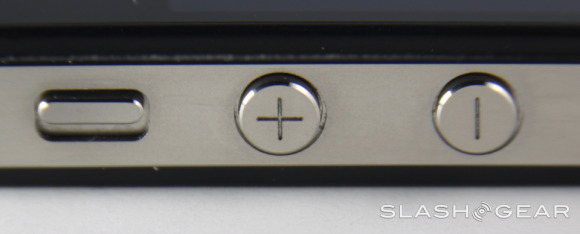
The power button on the front of the device is depressed so that it allows your thumb to move into it with ease, and pressing the button does not reveal any open spaces even though it does remain a physical, moving piece of the machine. The square here remains another one of the simplest marks in the mobile world, a rounded-corner nondescript shape which signifies a return to the source from wherever you are in the device's interface.
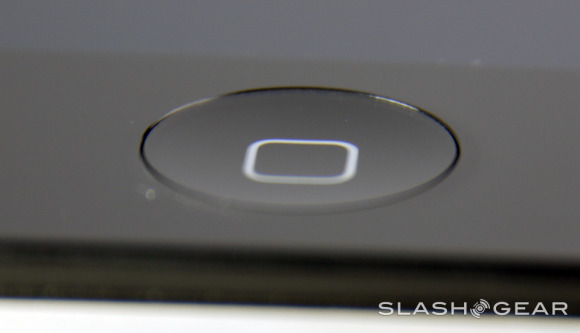
Near the home button at the bottom of the device is the Apple connector port in the middle of two screws and two speaker grills. These grills are below the surface of the metal and, along with the port for the Apple connector, are amongst the biggest dust-attractors on the device. These areas are ripe for collecting the nastiest bits of grime from your pocket and make a great case for picking up a cover for your device lest its beauty be lost to your own daily use of it. The close-up shots you see in this post were taken after I did a basic cleaning of the whole device – getting rid of the entirety of the dust on this device is essentially impossible.
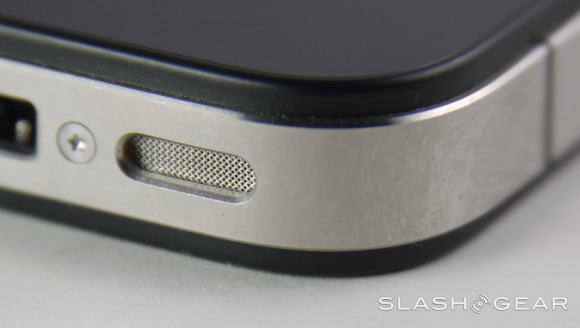
The glass on the front and the back of the device is not just a flat piece cut in one – it's got curves around its corners, rounded edges around their entirety, and have an added bump and platform before they go flat. This device is the first to take the number one flag away from my favorite glass treatment on a device of all time: the LG G2X. The curves on the glass of that device are nice, here the precision is completely unmatched.
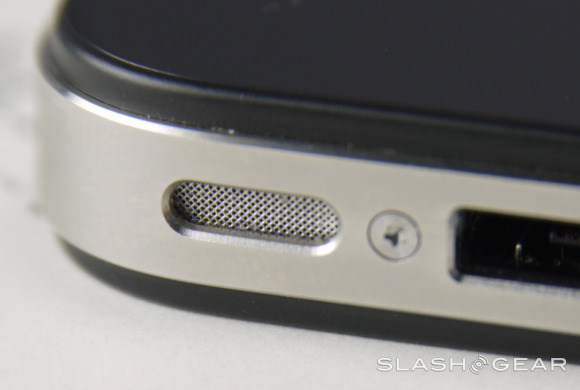
The back of the device has the Apple logo, some information on the design and model, and all of it sits below the glass in reflective chrome printing so that it'll never, ever get worn off. Also below the glass is the camera's flash, and surrounded by a tiny silver ring next to the flash is another individually cut piece of glass in front of the camera. The camera itself is highly visible even without a macro view – but take a look at that perfect set of rings!
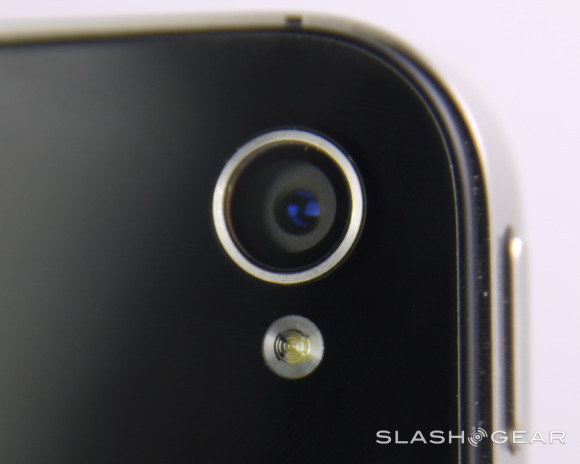
Up top of the device where we began this journey you'll find one microphone hole and one headphone jack. When you get in close enough to see the details in the rings, you'll find that each hole has been cut with tools so small it'll make your eyeballs spin. Tiny instruments for perfect little holes.
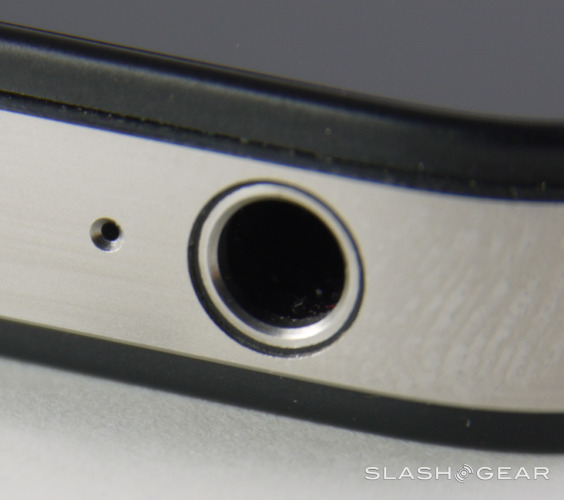
There's nothing like this in the smartphone world right now outside the iPhone 4S. This is but one of our explorations of the device, the display, the software, and the rest sitting in the rest of our week of hands-on looks at this device. When you hold an iPhone 4S, you know that it sits in a Sweet Spot, perfectly suited for an adult hand, your thumb able to access the entirety of the display without you needing to hold the device aside with two hands, the bulk of the device heavy enough that you know it's high quality, not too light that you'll accidentally toss it out with the newspaper.
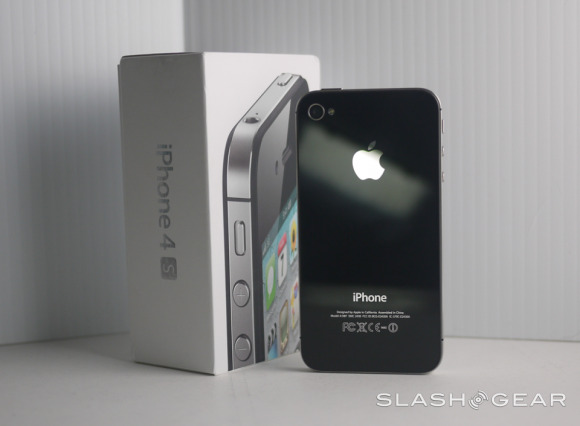
This device is smaller than the bulk of the high-end smartphones on the market today, and Apple's competitors have made no secret about touting that fact. A lesser company would falter under the pressure of having one phone size throughout their history – Apple will more than likely keep this size until the lines go down at the stores. The iPhone remains the world's most popular smartphone for years and years running not least of all because its outer hardware is so precise. Follow the rest of this "I'm switching to iPhone 4S for a week" in the timeline below, and stick to the SlashGear main news feed for updates as they appear!

